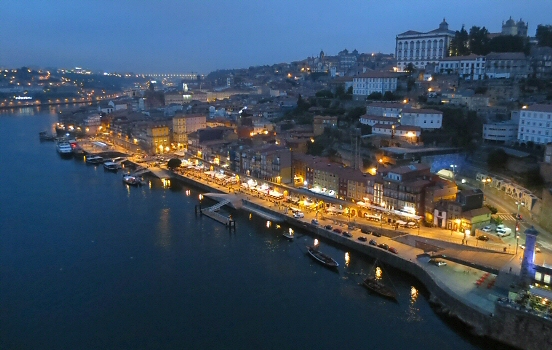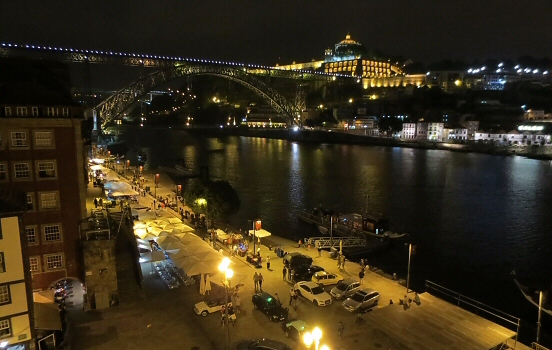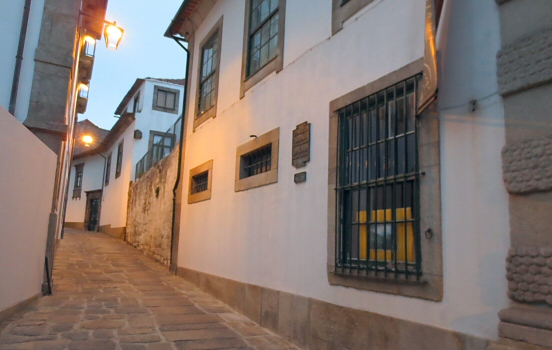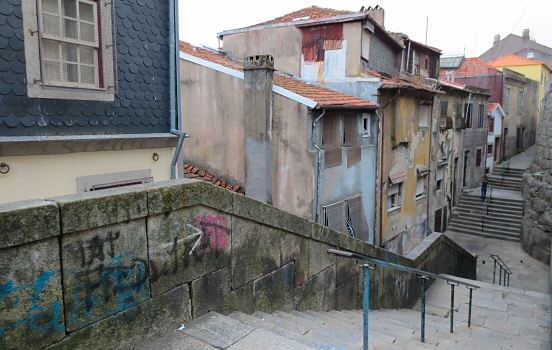In Portugal, the sea has always been more than geography. The country was once a nation of great seafarers and Porto has been an important port city since Roman times. Now, cracks are showing where once there were expectations.
Portugal’s financial crisis and shifting demographics have left their fingerprints as well as abandoned dreams. I heard one in five buildings in Porto is abandoned. Many more teeter on the edge, silent witnesses to a decline that silently crept in over the years.
 The historical Ribeira district.
The historical Ribeira district.
By evening, the Ribeira district along the Douro river feels resurrected. The selfie stick infantry arrive in hats too wide for discretion, welcomed by a riverfront that shimmers in lamps.
But turn a few blocks away, ascend narrow stairs between walls peeling like old wallpaper, and it all stops. The laughter fades. The streets are silent and deserted with derelict buildings on the brink of collapsing. The silence becomes thick, like dust.
 Praca da Ribeira.
Praca da Ribeira.
I climb the hill through winding alleys, past shuttered doorways and walls eaten by mold and time, until I reach Porto’s cathedral, a fortress of stone from the 12th century. From up here, the houses curl upward from the hillside like a disordered nest of fading reds and greys. It’s sad to see the state of the old buildings, but I sense a brutal beauty in the decay. It’s raw and honest. Something is alive beneath the crumble.
 Silent street in Porto.
Silent street in Porto.
 Derelicts.
Derelicts.
The challenges are massive and the city potential is buried under decades of rot, waiting for hands brave enough to dig it up. But I feel confident that Porto will rise again. Still raw, a little ragged, but all the more beautiful for it.

Comments
No comments yet.
Leave a reply